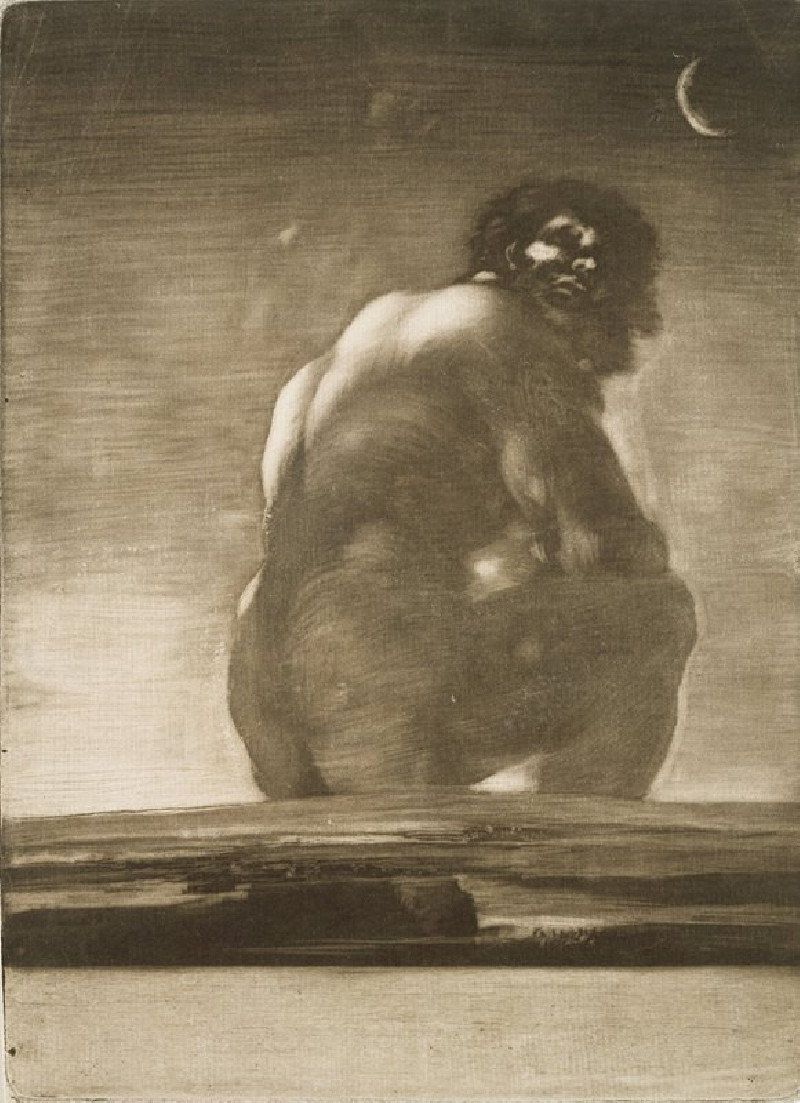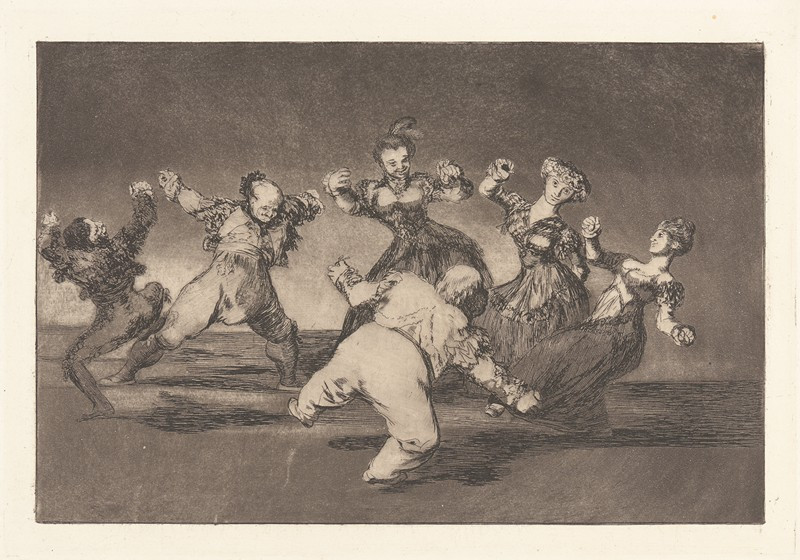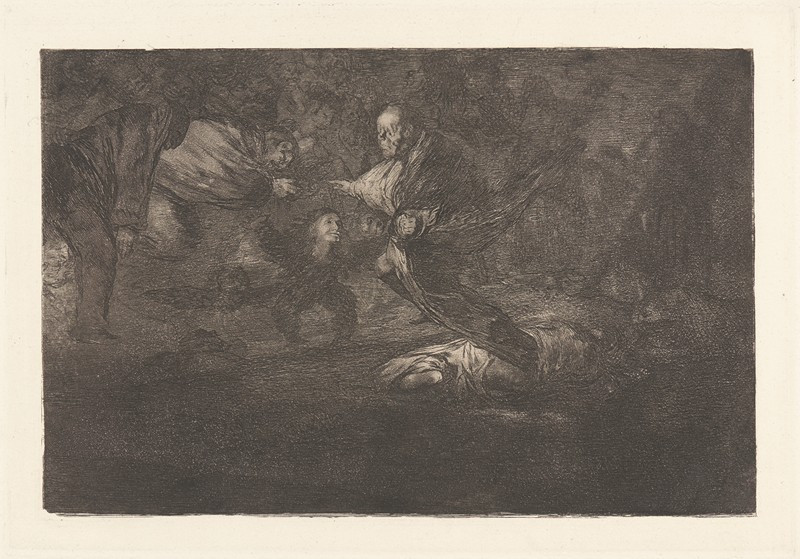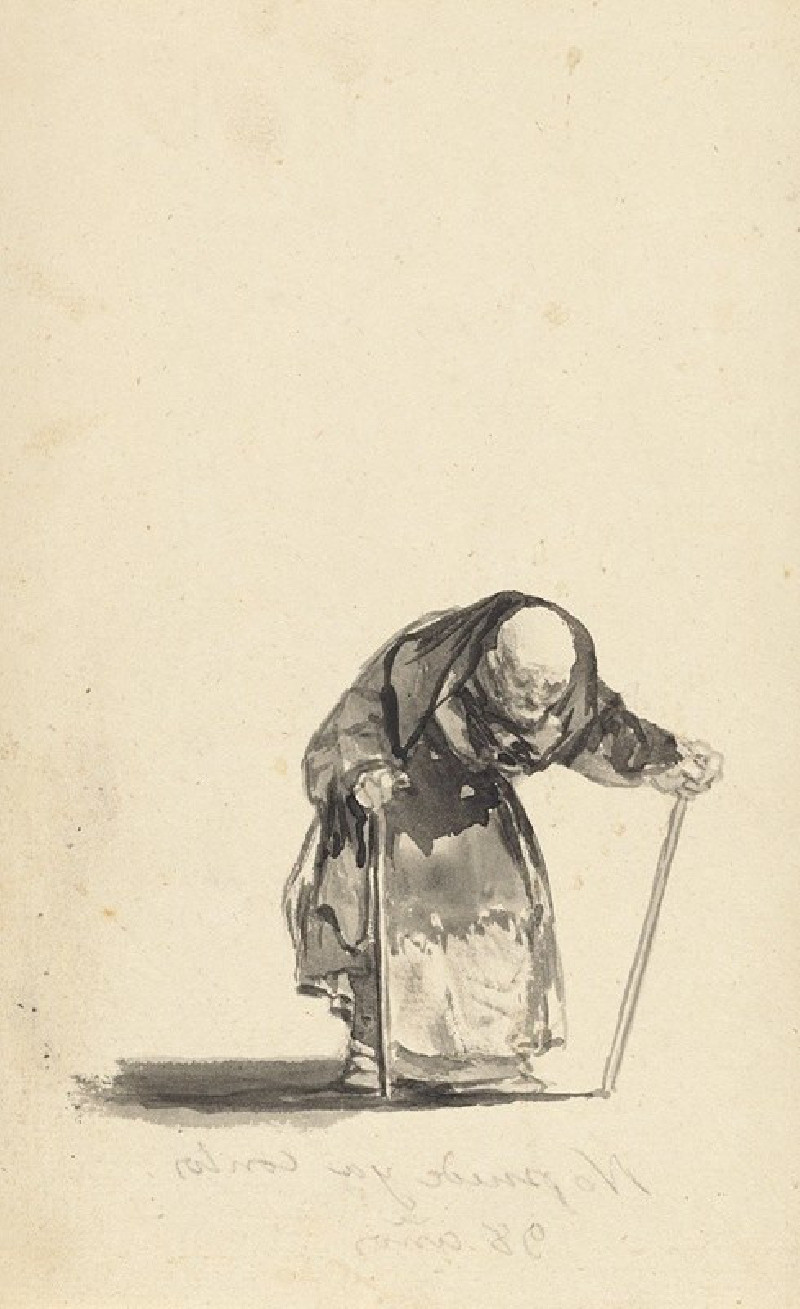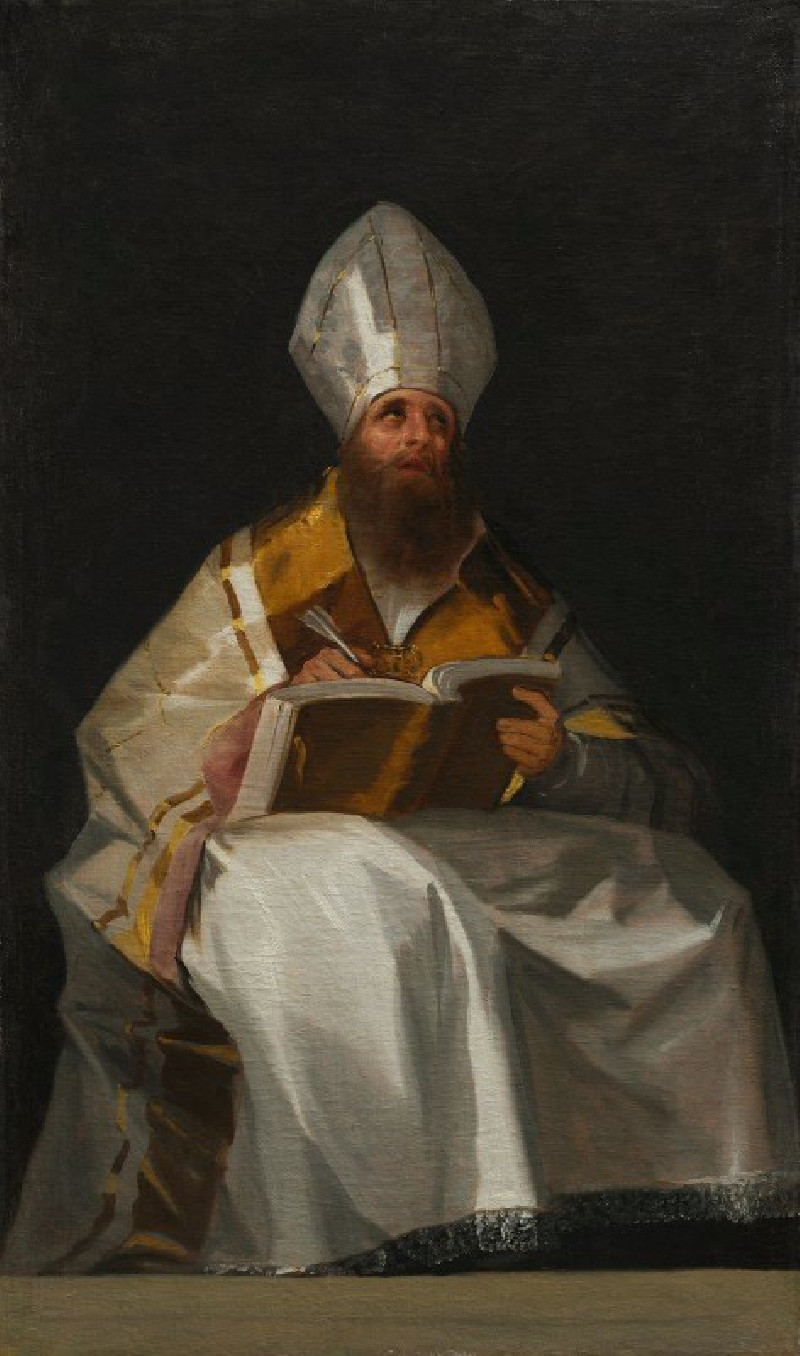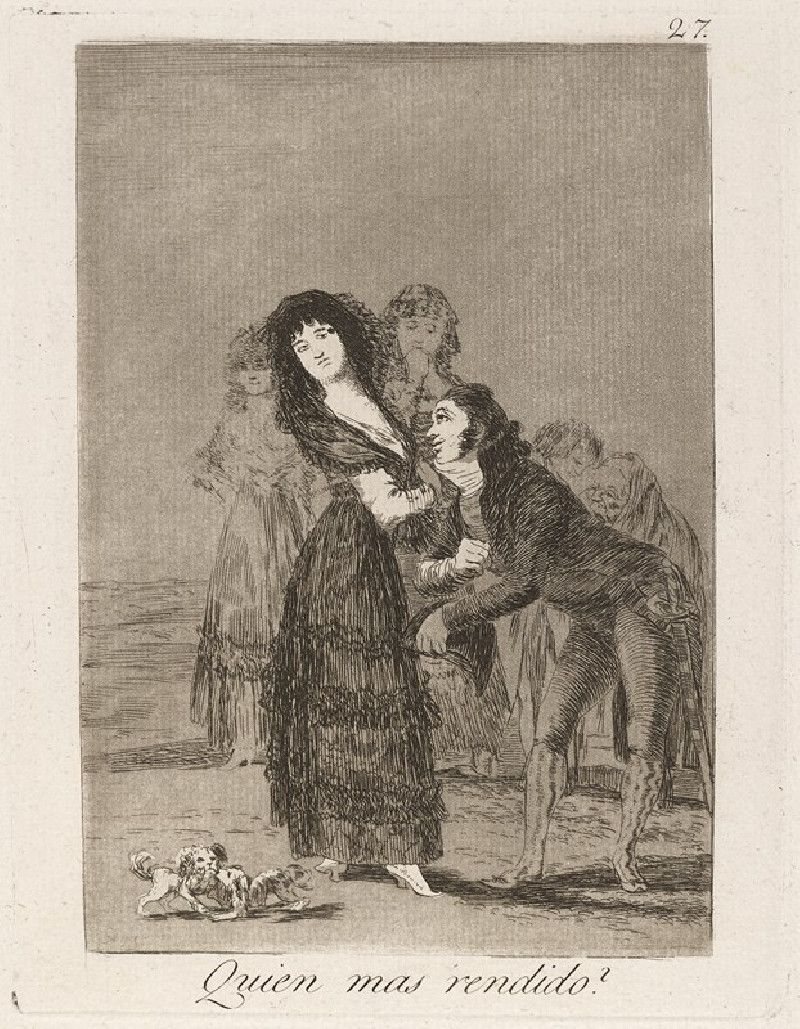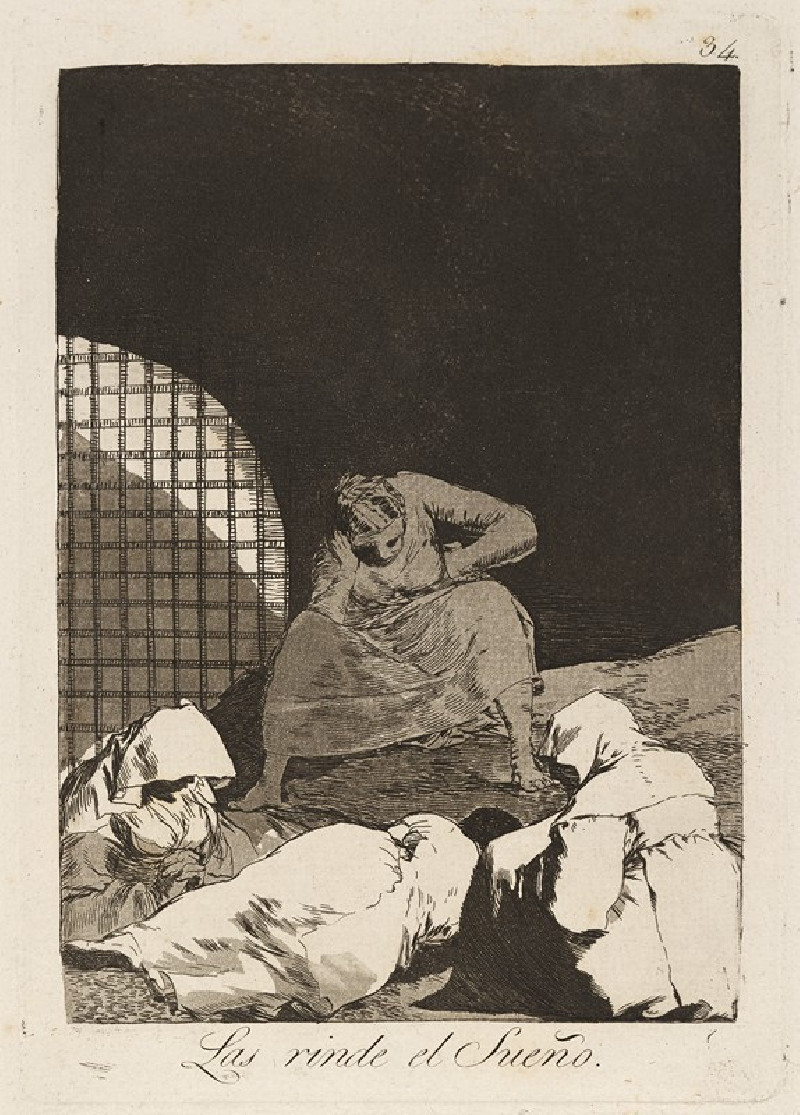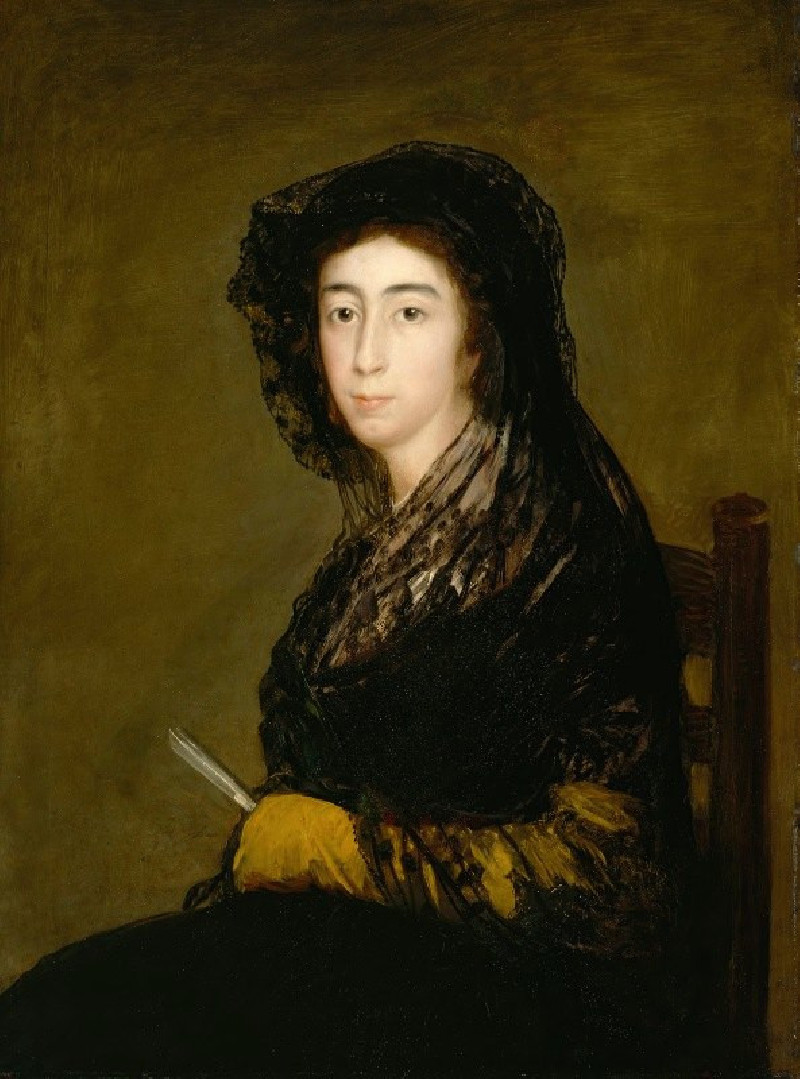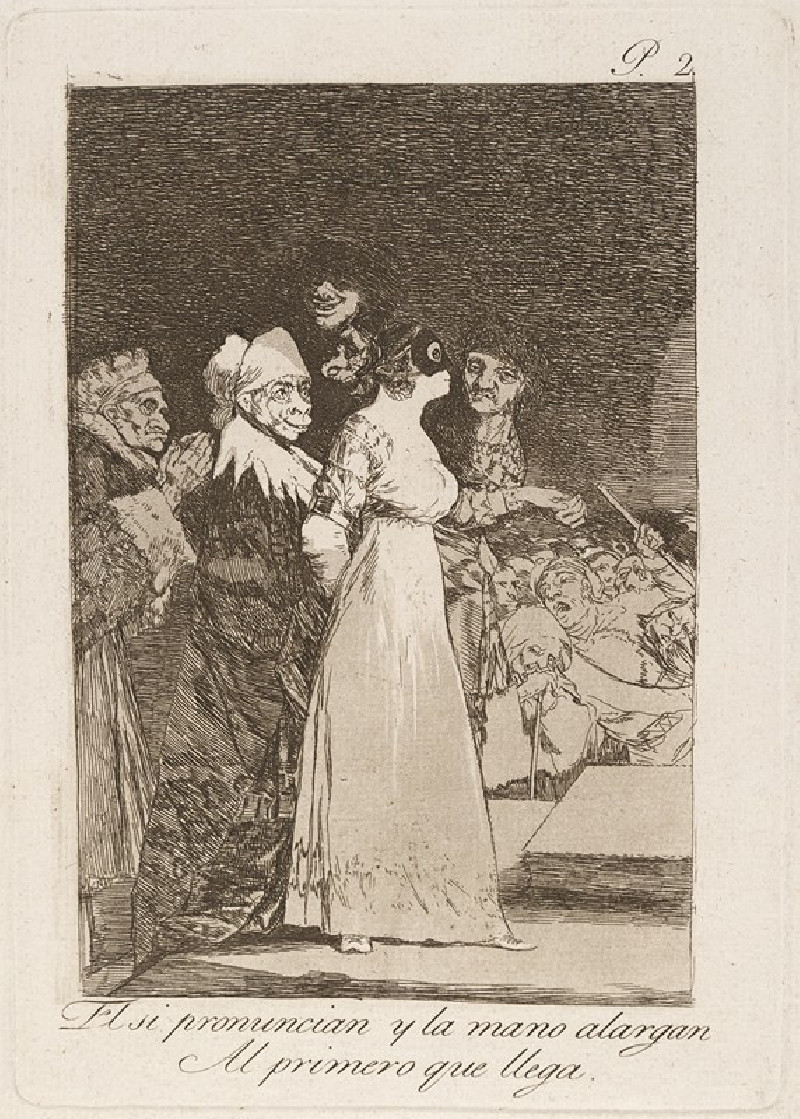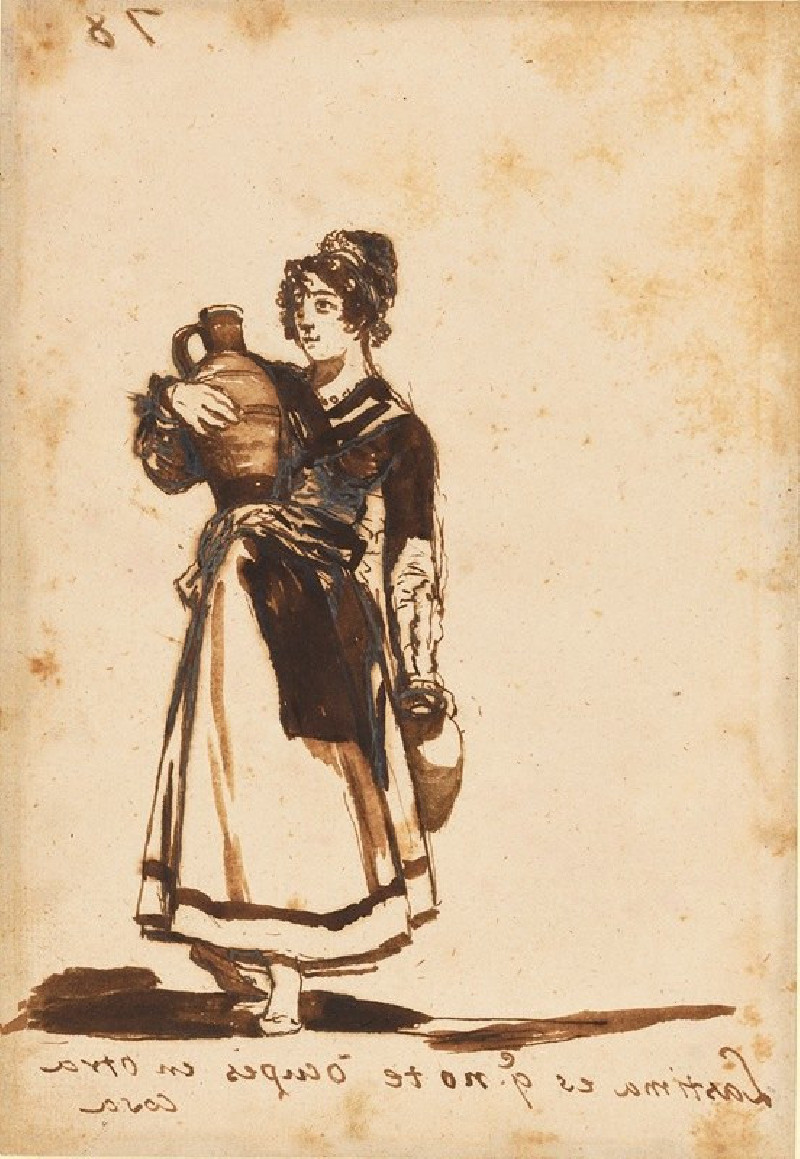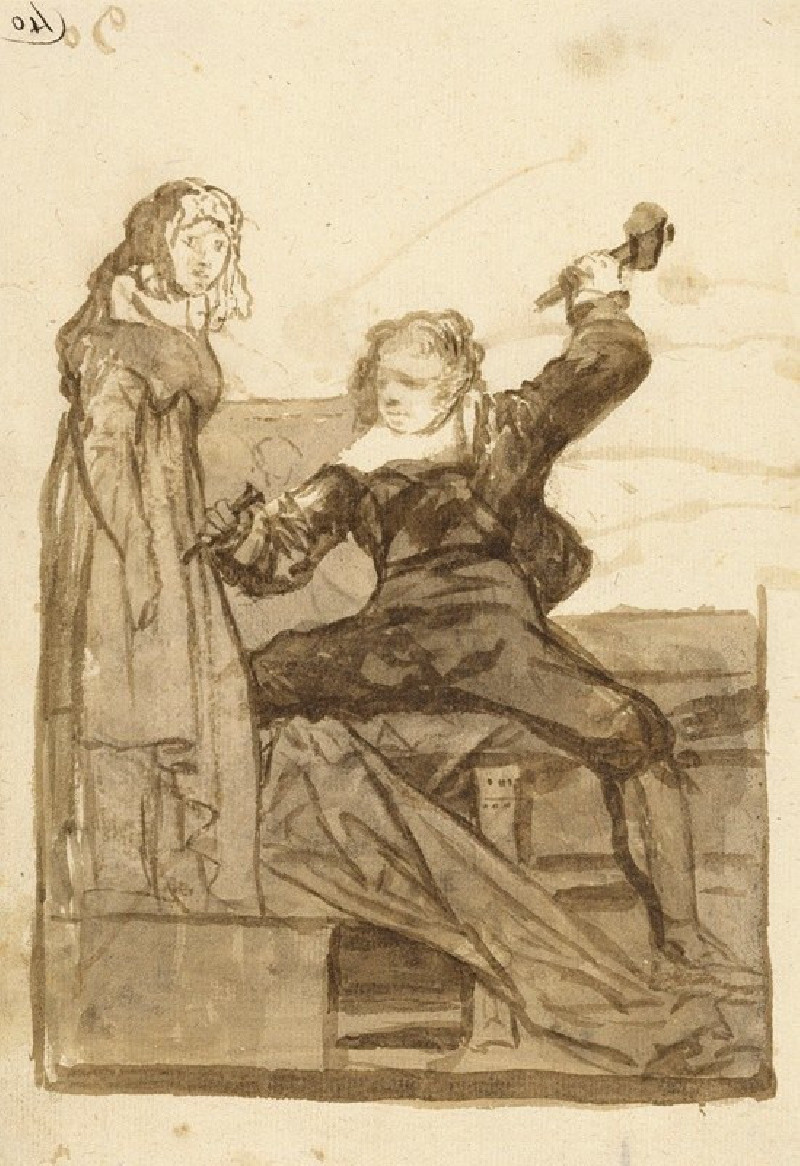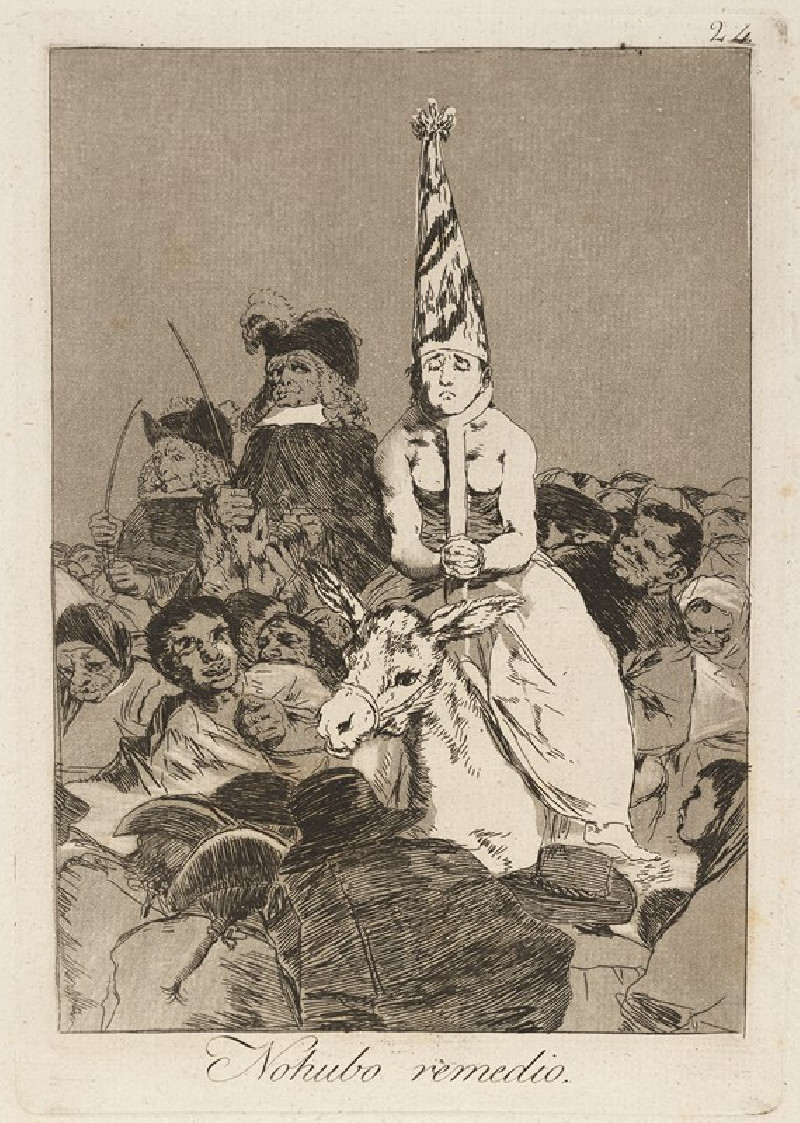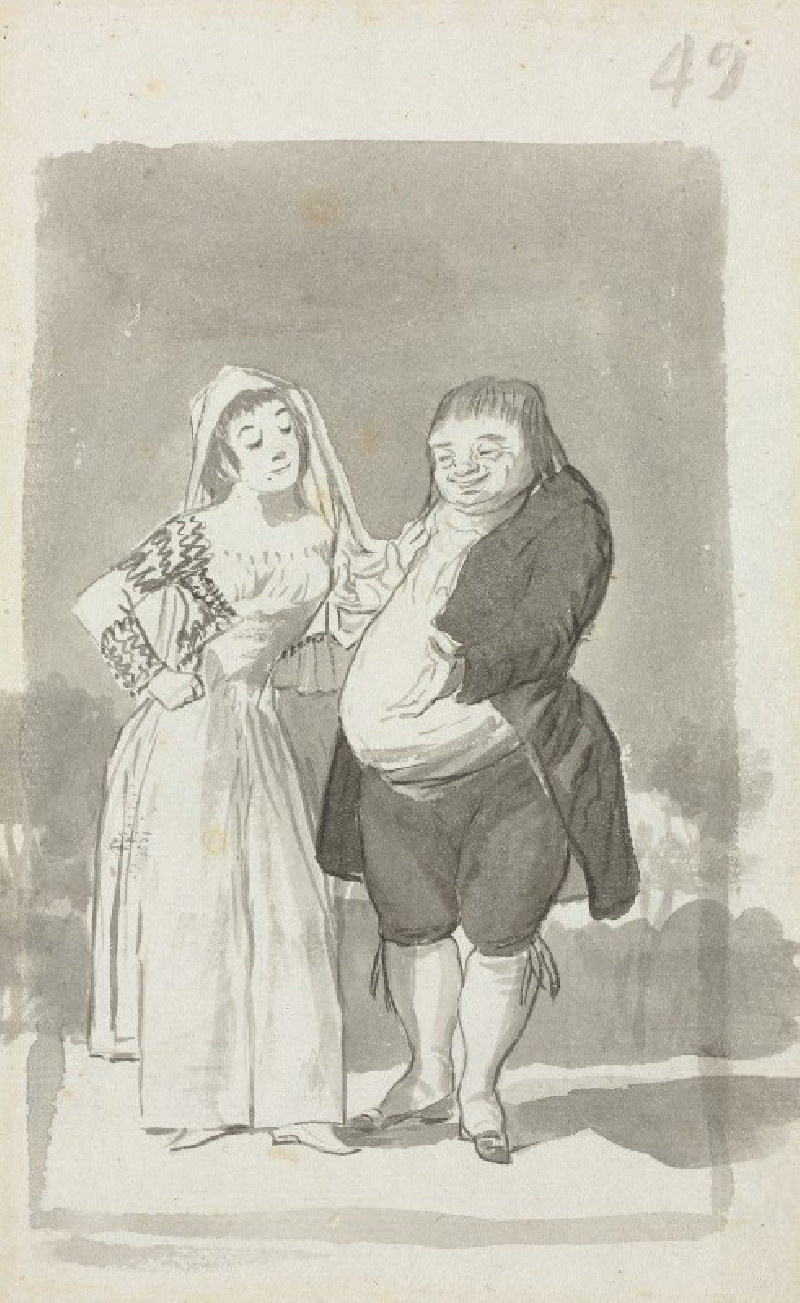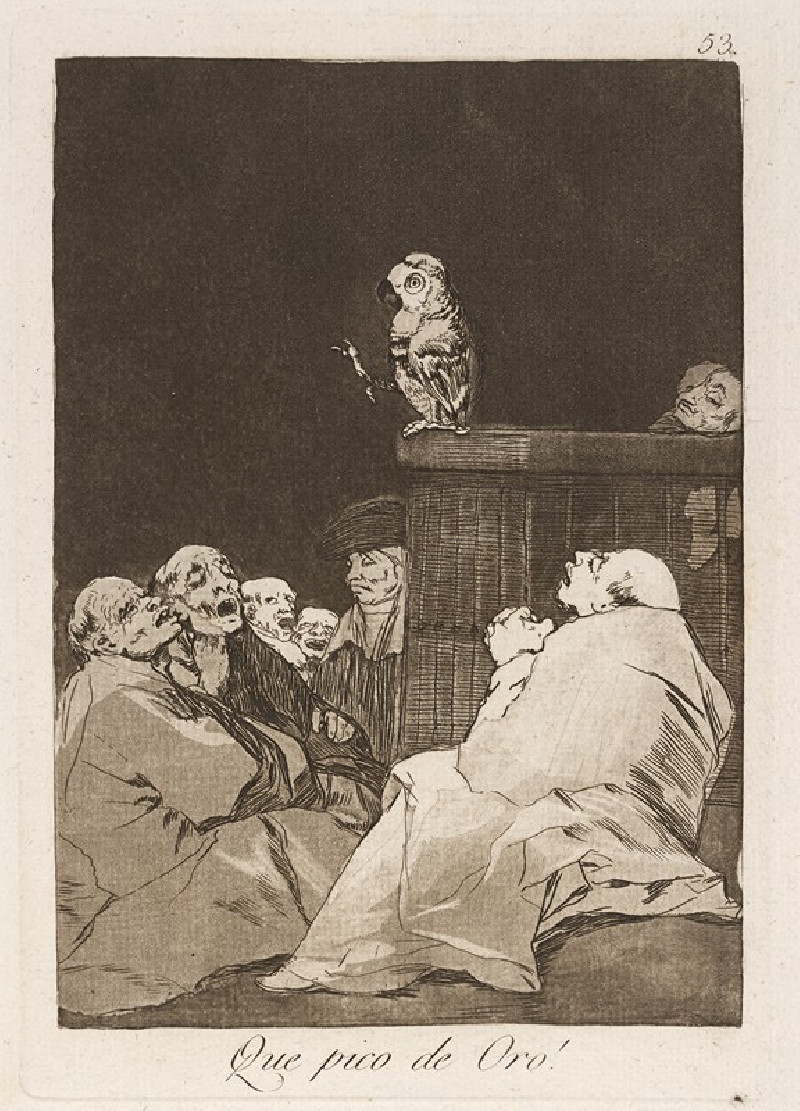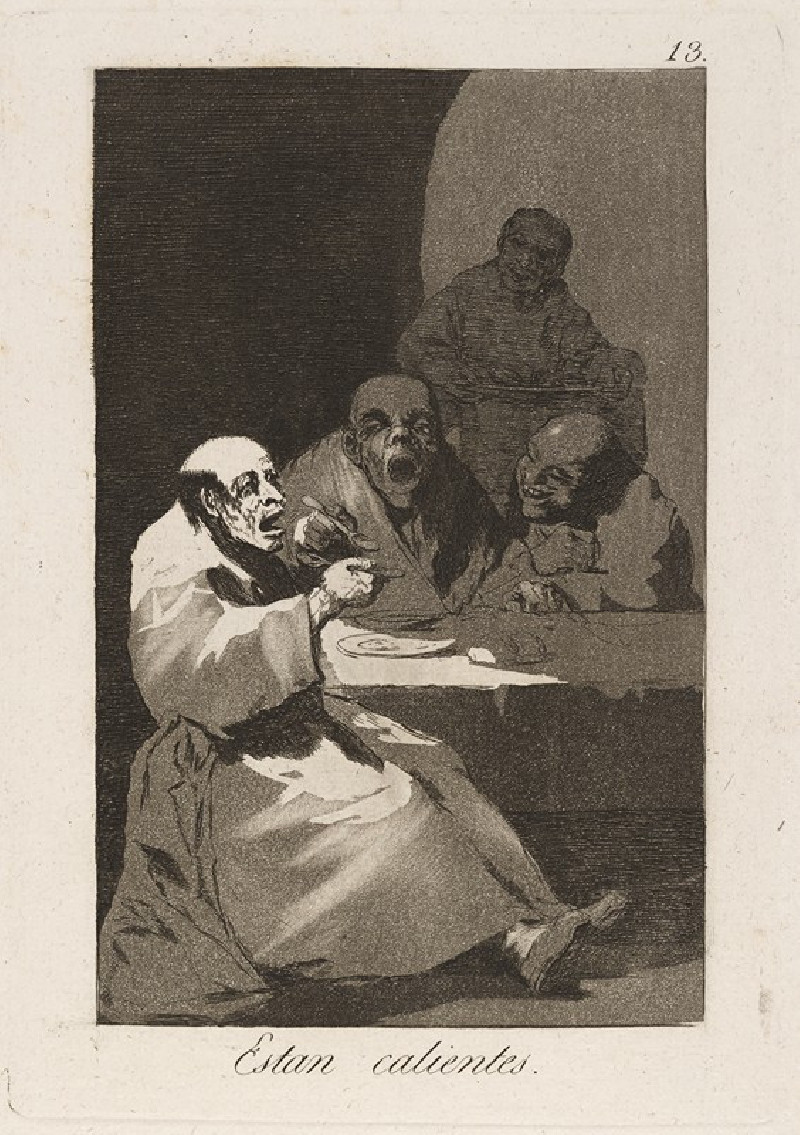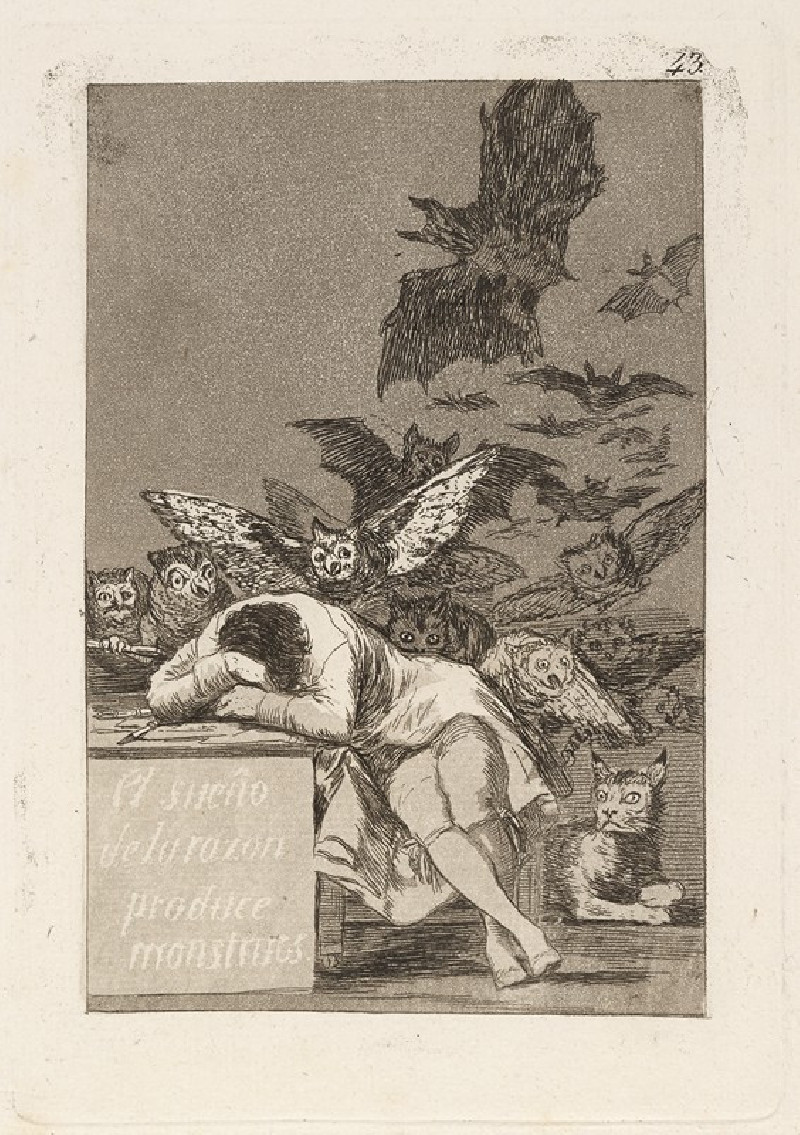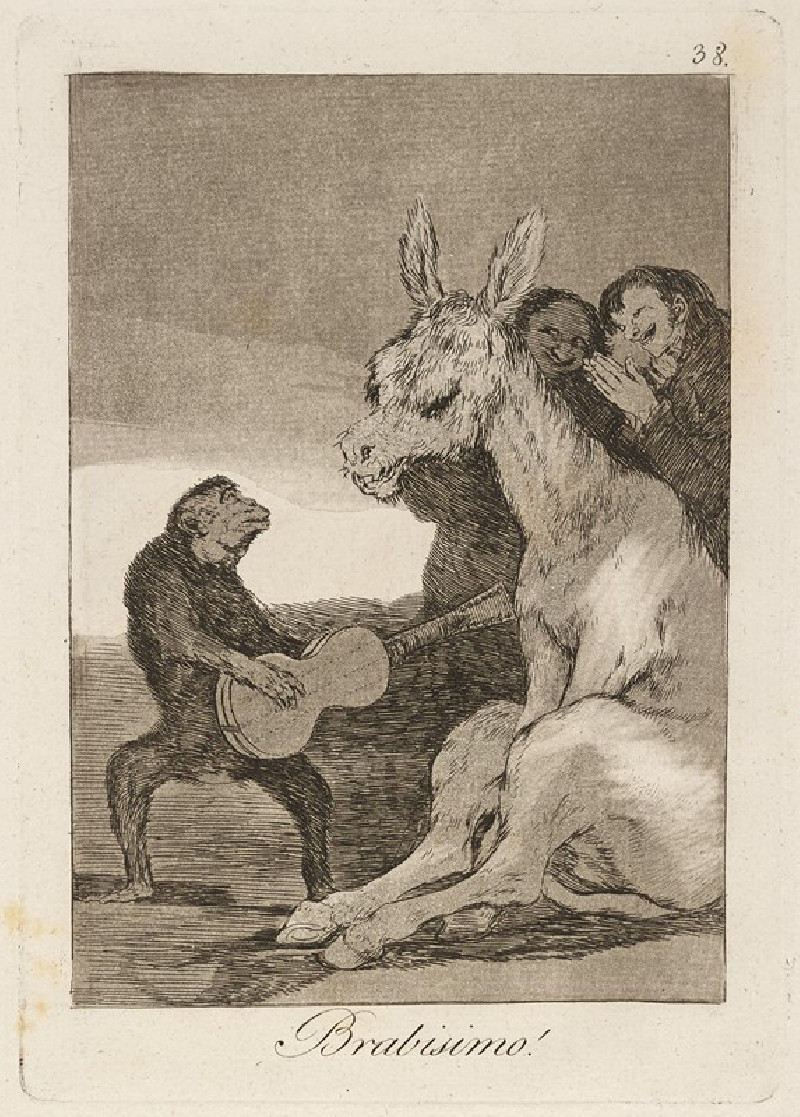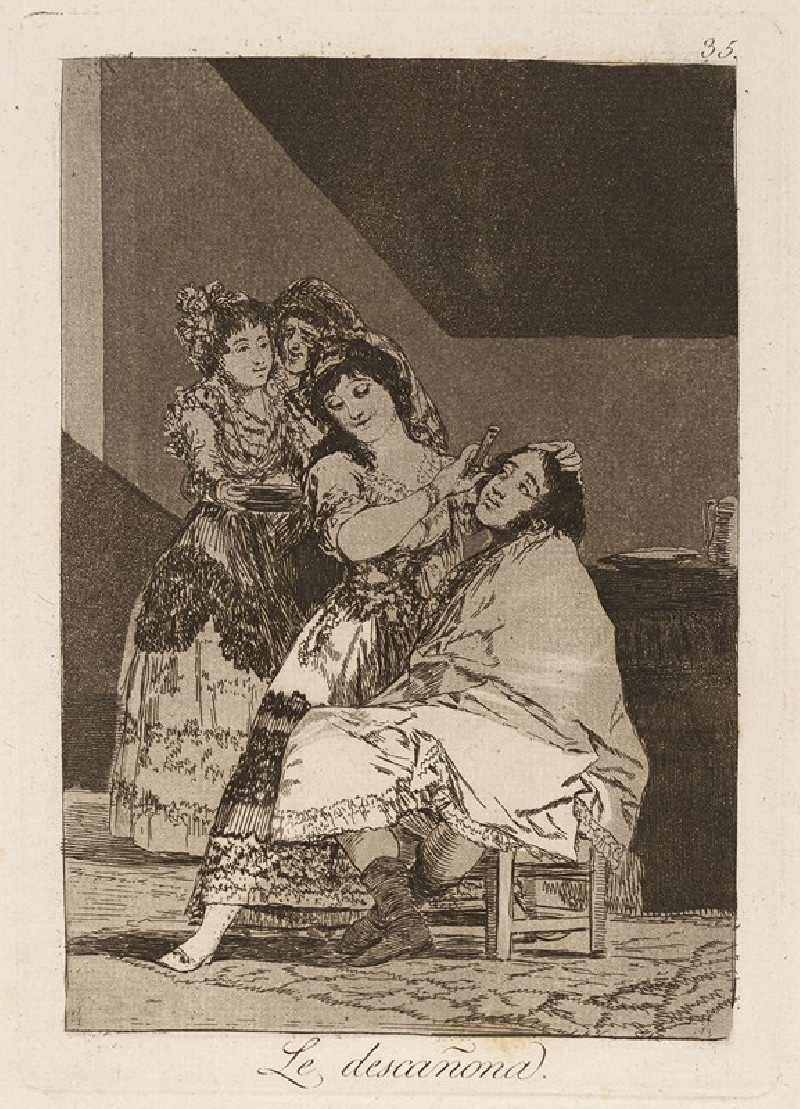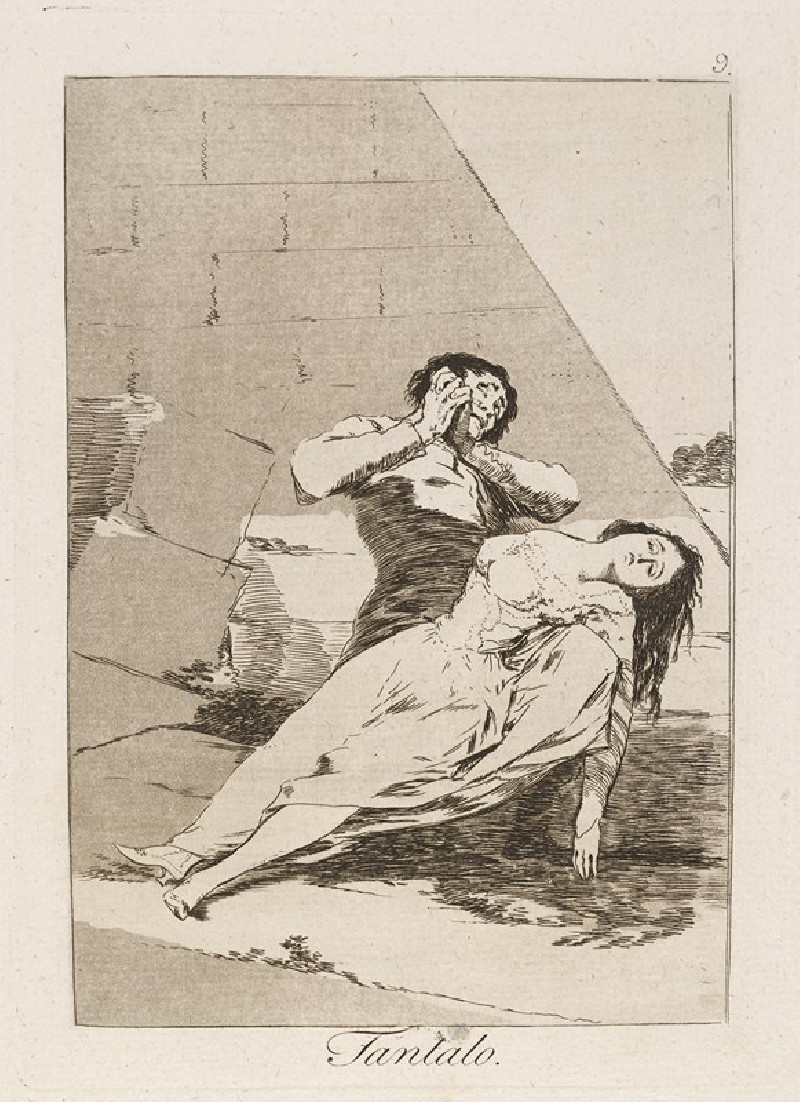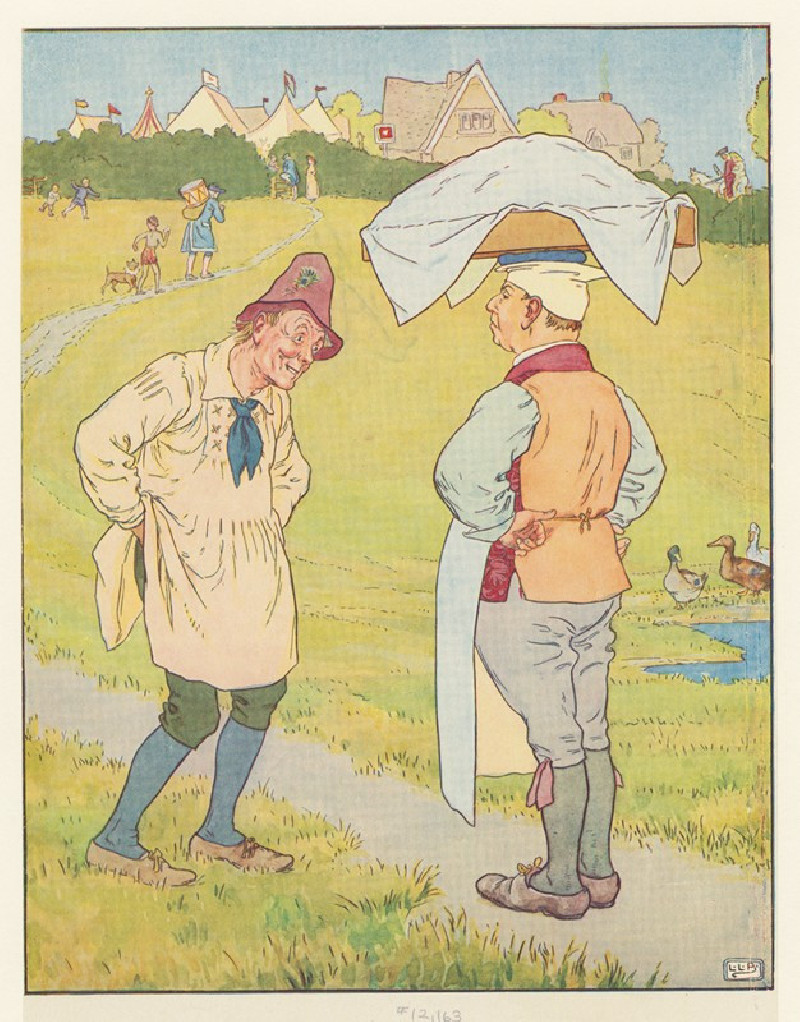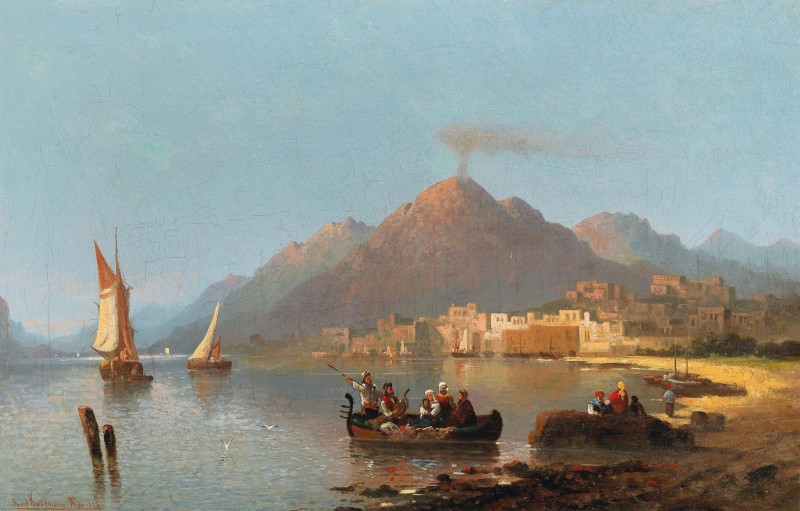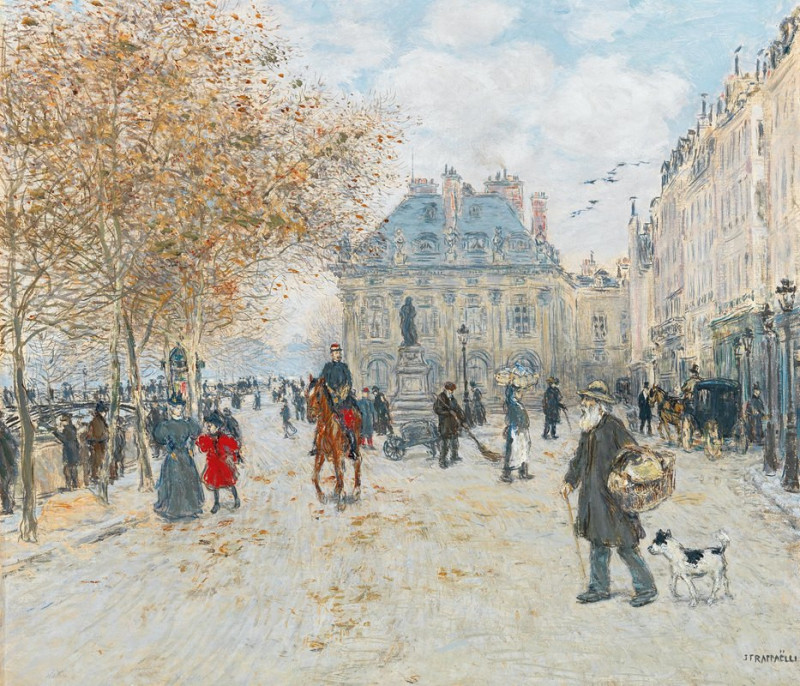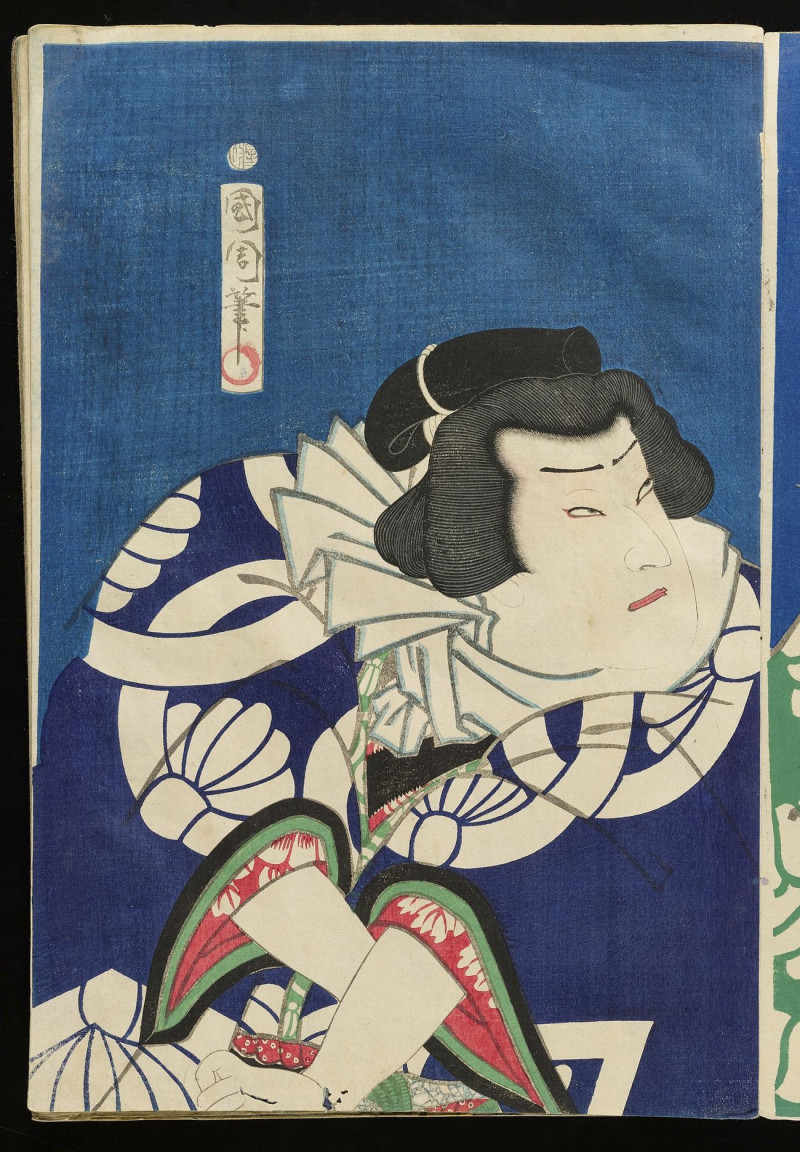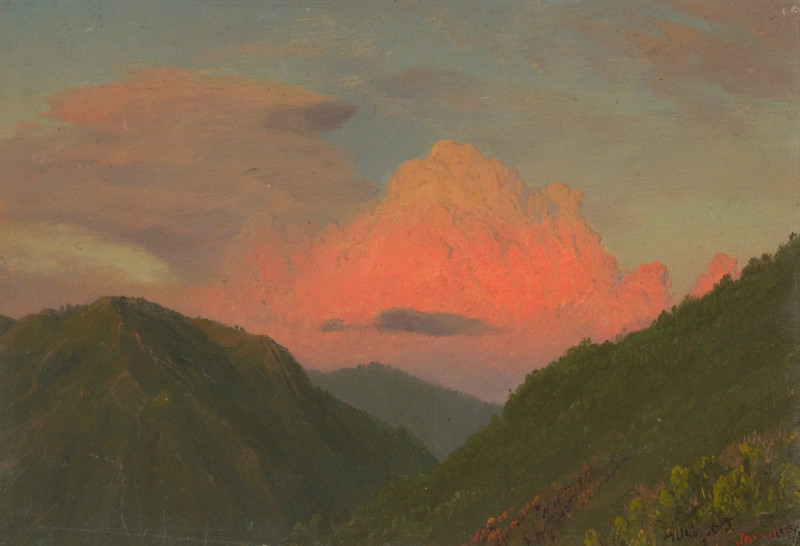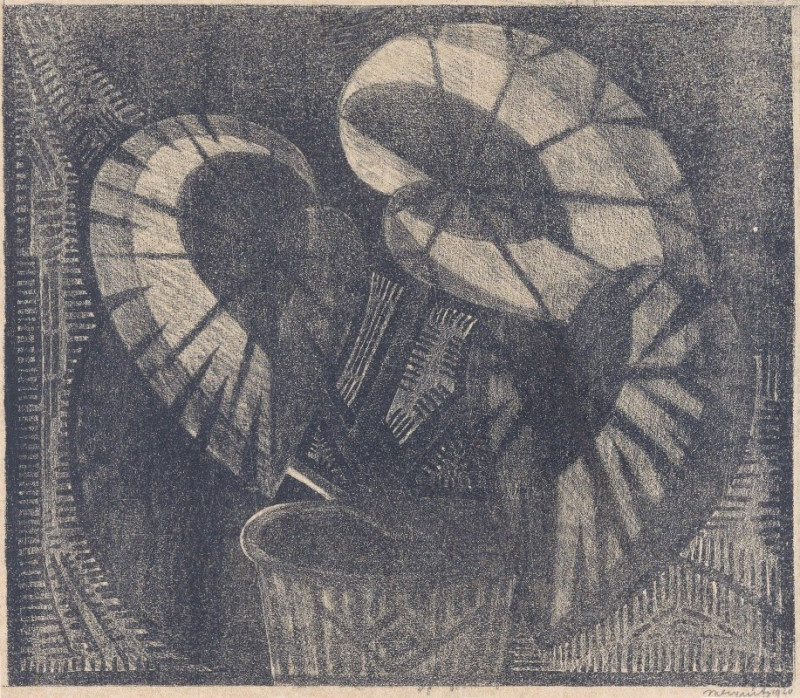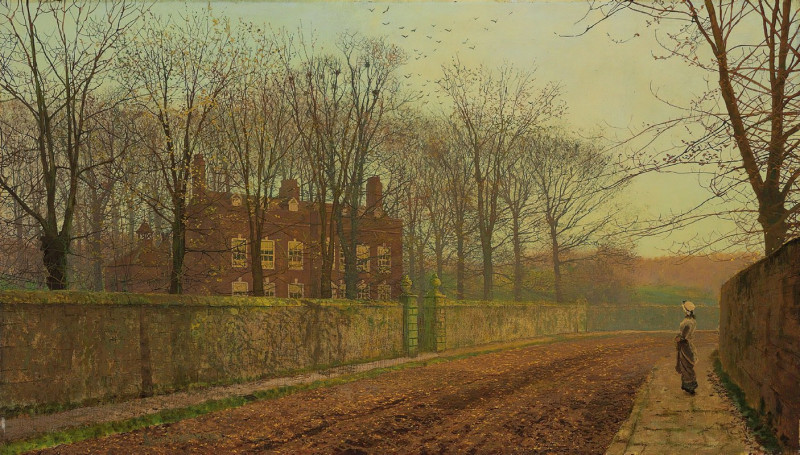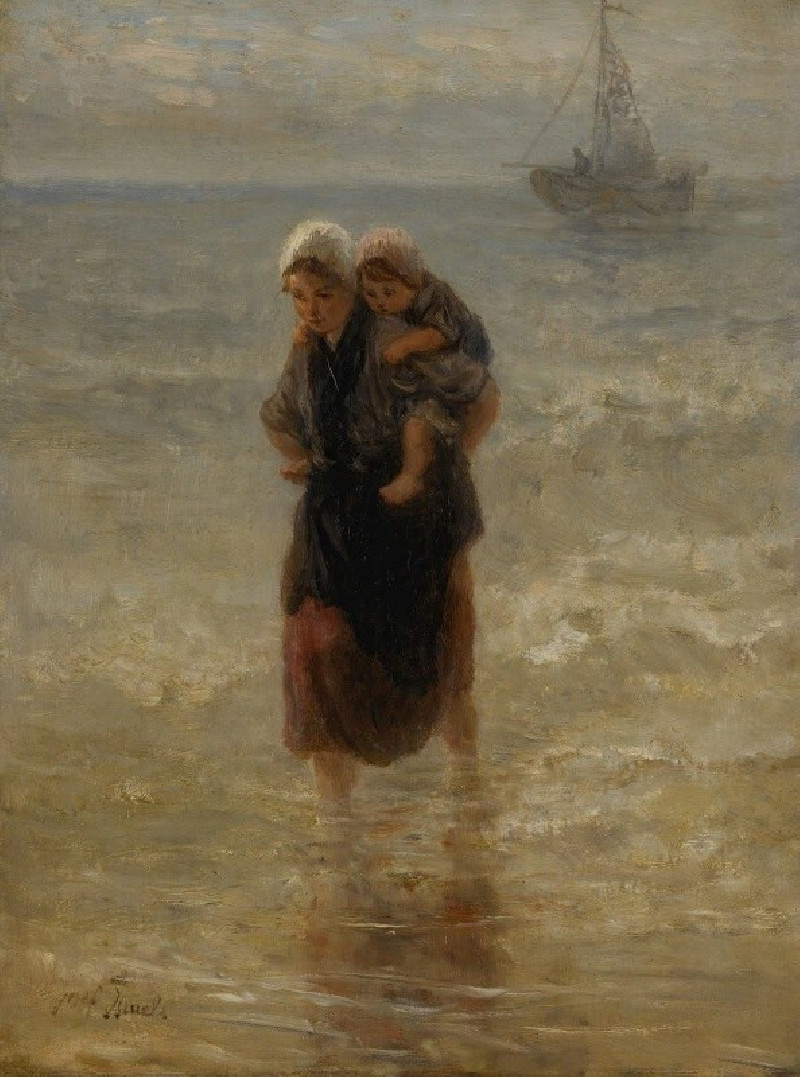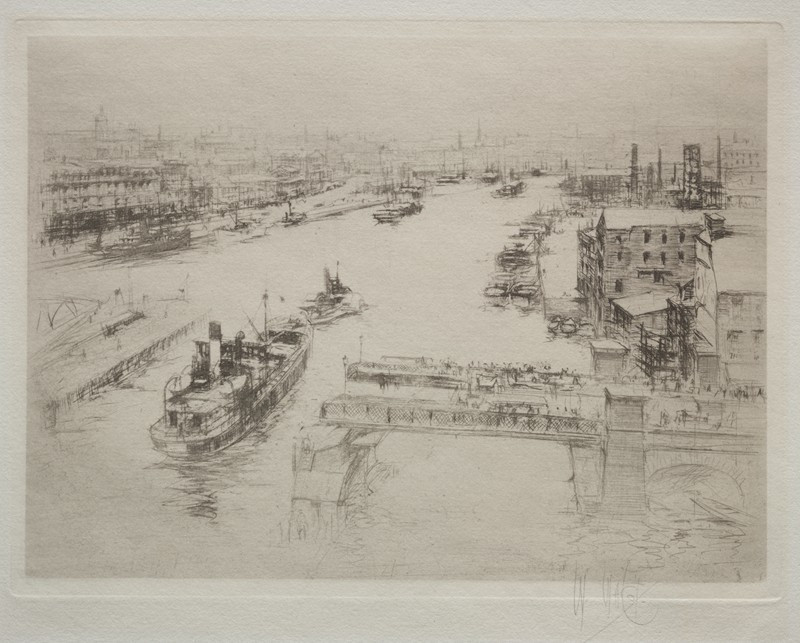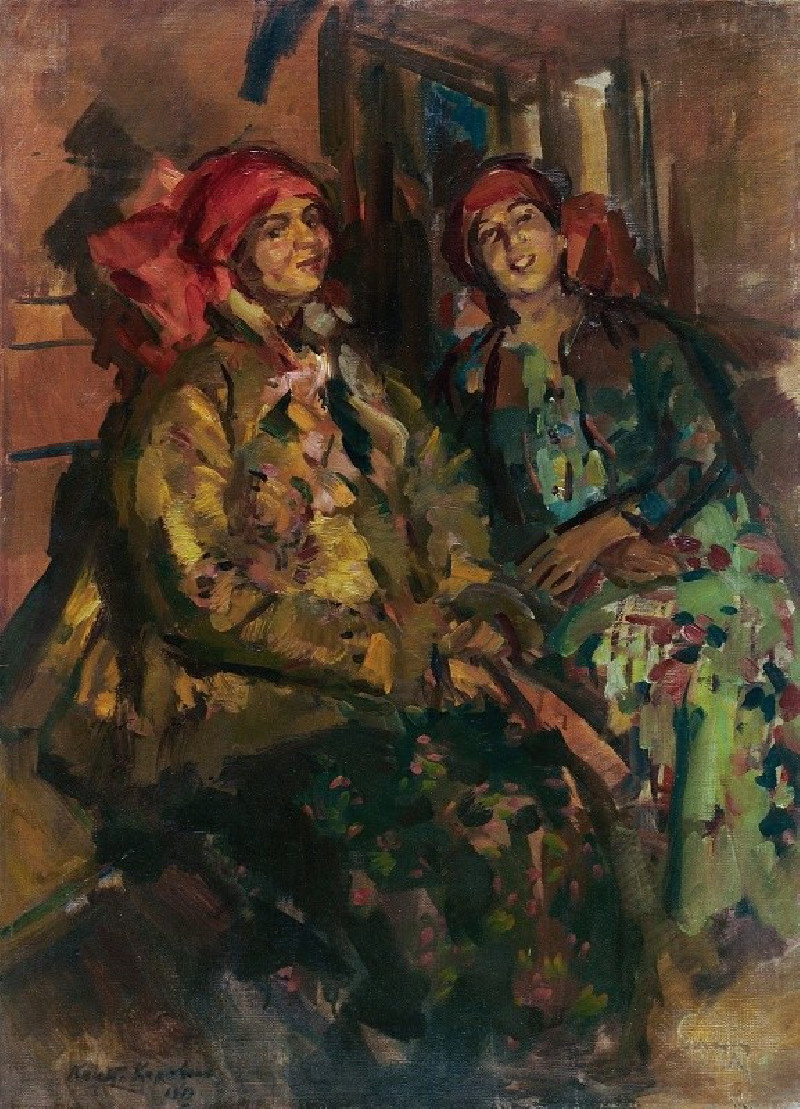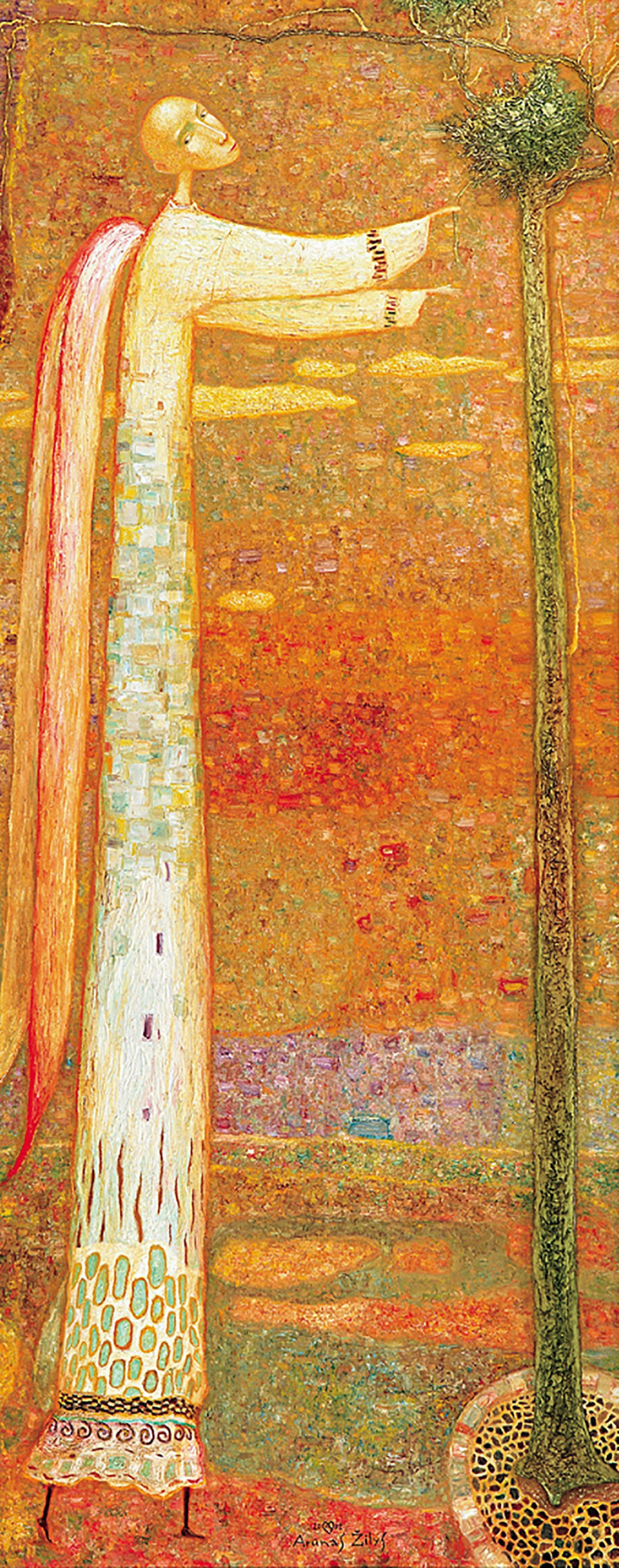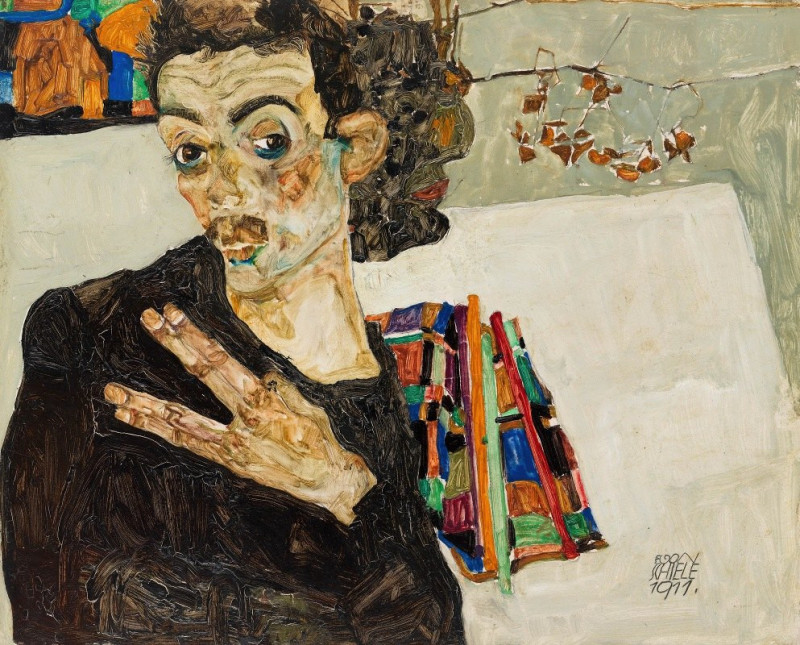A caza de dientes. (Out hunting for teeth.) (1796-1797)
Technique: Giclée quality print
Recommended by our customers
More about this artwork
"A caza de dientes," translated as "Out hunting for teeth," is a captivating etching created by the renowned Spanish artist Francisco de Goya between 1796 and 1797. This artwork forms part of Goya's celebrated series, "Los Caprichos," which delves into the complex themes of social satire and moral decay within Spanish society during that era.The etching features two figures engaged in a chilling and somewhat ghastly exchange. A woman, dressed in traditional attire with dynamic, flowing lines that suggest movement and urgency, is seen extracting a tooth from a man. The man, depicting a look of agony, is loosely clothed, supporting himself by holding onto the woman. His expression and posture vividly convey the pain of the moment. The scene occurs in a dimly lit outdoor setting, perhaps indicating the secretive or shameful nature of their activity.Goya's use of strong contrasts between light and dark enhances the dramatic effect, focusing the viewer's attention on the interaction between the two characters. The facial expressions and the intense grip of the figures further intensify the sense of struggle and desperation portrayed.This piece, like many in "Los Caprichos," criticizes societal norms and behaviors, possibly commenting on the lengths to which people will go to attain physical relief or meet aesthetic standards, regardless of the suffering involved. "A caza de dientes" is not merely a depiction of a medical practice but a profound commentary on human nature and societal values.In presenting this powerful artwork, Goya invites viewers to reflect on the darker aspects of human behavior, underscored by his masterful manipulation of imagery and emotion.
Delivery
Returns
Francisco José de Goya y Lucientes (30 March 1746 – 16 April 1828) was a Spanish romantic painter and printmaker. He is considered the most important Spanish artist of the late 18th and early 19th centuries. His paintings, drawings, and engravings reflected contemporary historical upheavals and influenced important 19th- and 20th-century painters. Goya is often referred to as the last of the Old Masters and the first of the moderns.



